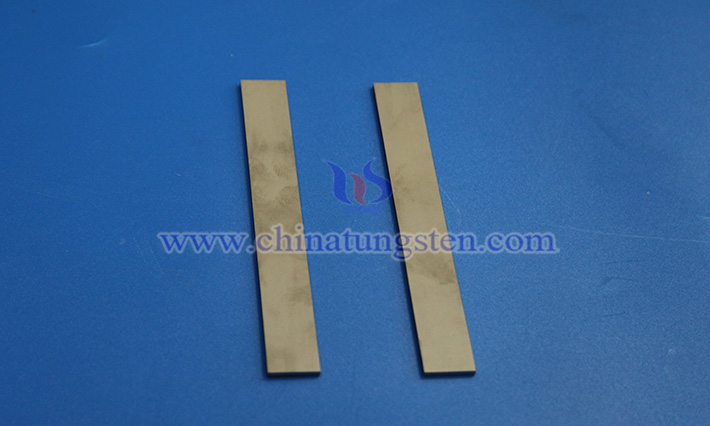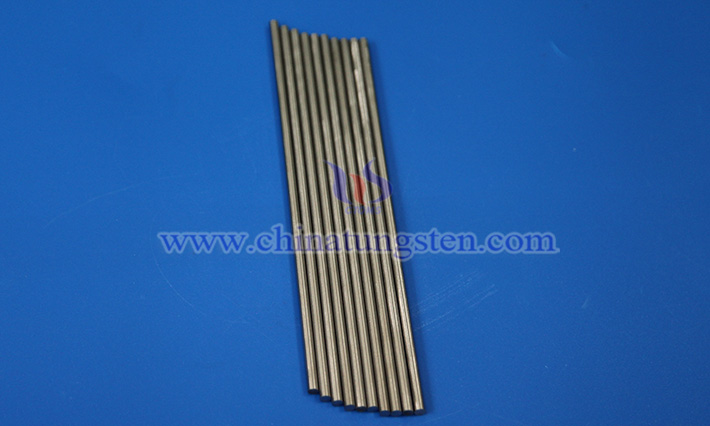YG6 Tungsten Steel
- Details
- Category: Tungsten Information
- Published on Wednesday, 13 August 2025 11:37
1.What is YG6 Tungsten Steel?
YG6 tungsten steel is a tungsten-cobalt hard alloy, a medium-grain tungsten-cobalt alloy composed of tungsten carbide (WC) powder and cobalt (Co) powder, with WC powder accounting for 94% and cobalt powder for 6%.
2. Features of YG6 Tungsten Steel
It has a density of 14.6-15.0 g/cm³, hardness of approximately 89.5 HRA, bending strength of about 1380 N/mm², and impact toughness of 2.6 σK/(J/cm), offering good usability strength, impact toughness, wear resistance, and corrosion resistance.

3. Production Process of YG6 Tungsten Steel
The process includes: batching (tungsten carbide and cobalt powders) → wet milling → mixing with binder, drying, and granulation → mixed granules → forming → sintering → tungsten-cobalt hard alloy. The sintering process is pided into four basic stages: removal of forming agents and pre-sintering phase, solid-phase sintering phase (800°C to eutectic temperature), liquid-phase sintering phase (eutectic temperature to sintering temperature), and cooling phase (sintering temperature to room temperature).
4. Applications of YG6 Tungsten Steel
It is suitable for the finishing and semi-finishing of cast iron, non-ferrous metals and their alloys, and non-metallic materials. For example, it is applicable under high-stress conditions for drawing steel, non-ferrous metals, and alloy rods with diameters less than 20 mm, as well as for drawing tubes with diameters under 10 mm; it is also suitable for manufacturing cold heading, cold punching, and cold pressing molds for standard parts and bearings.

5. Processing Precautions for YG6 Tungsten Steel
Due to its high brittleness, it is prone to cracking and chipping under impact or excessive processing loads.
The processed surface after cutting or grinding is very smooth with sharp edges; please handle and use with care for safety.
The surface after electrical discharge machining is most susceptible to cracking and chipping; adjust the processing procedure according to the product's usage conditions.
Cracking often occurs during wire cutting; please confirm the processed surface is defect-free before proceeding to the next step.
- Chinatungsten Online: www.chinatungsten.com
- CTIA GROUP LTD: en.ctia.group
- Tungsten News & Price: www.ctia.com.cn
- Molybdenum News & Price: news.molybdenum.com.cn
- Tel.: 86 592 5129696; Email: sales@chinatungsten.com